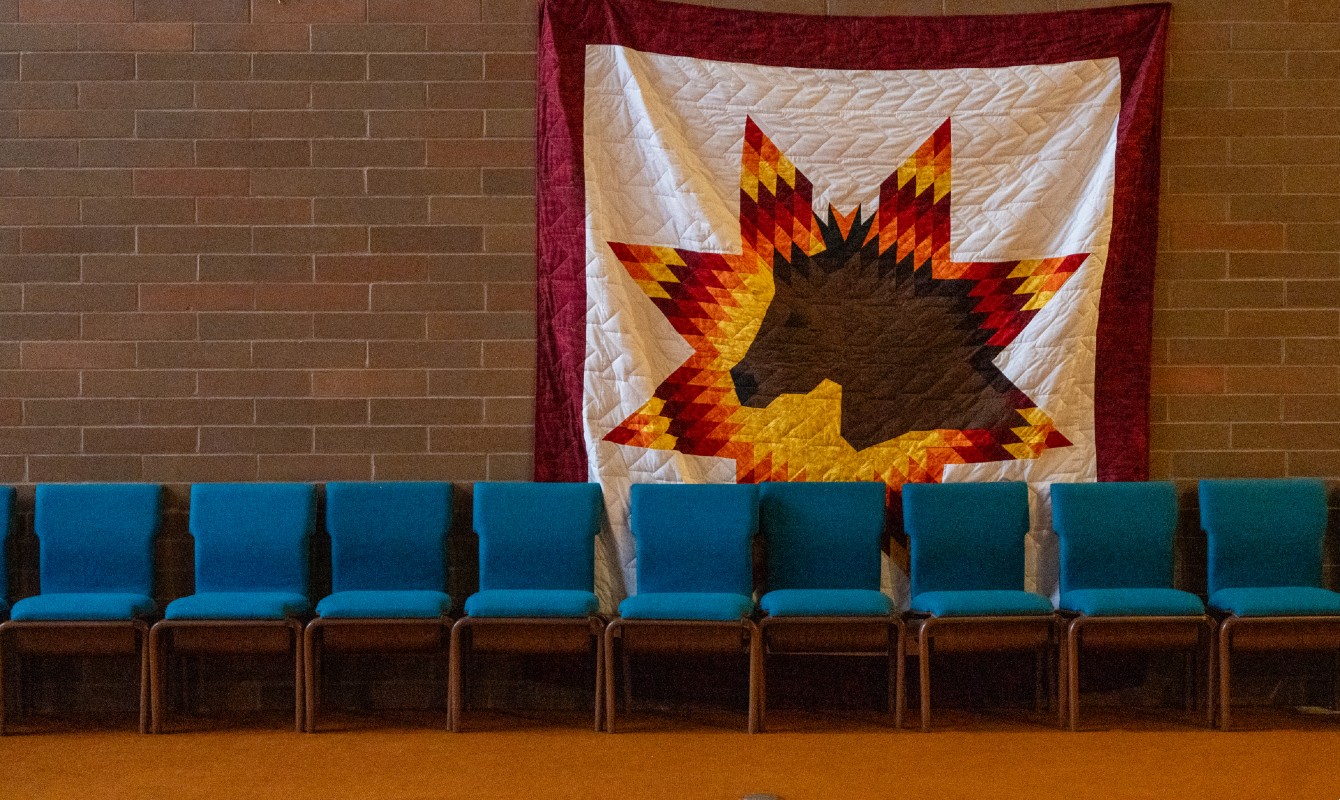In an old neighborhood in Northeast Portland, where vintage Craftsman bungalows sit in the sun-dappled shade of mature oaks and firs, there’s a charming red brick church on a large corner lot. For almost 50 years, local Presbyterians gathered here to worship and commune. And while a cross still hangs outside the sanctuary, the building and the land no longer belong to the church.
In March of this year, the Presbytery of the Cascades transferred ownership to the Future Generations Collaborative (FGC), an Indigenous-run nonprofit, for the low, low price of $1.
The FGC will now use this gift for an ambitious affordable housing project called “Barbie’s Village.” When finished, it will feature six to 10 tiny homes and a community center that will offer comprehensive support, including a day care and preschool, for Native American families experiencing homelessness.
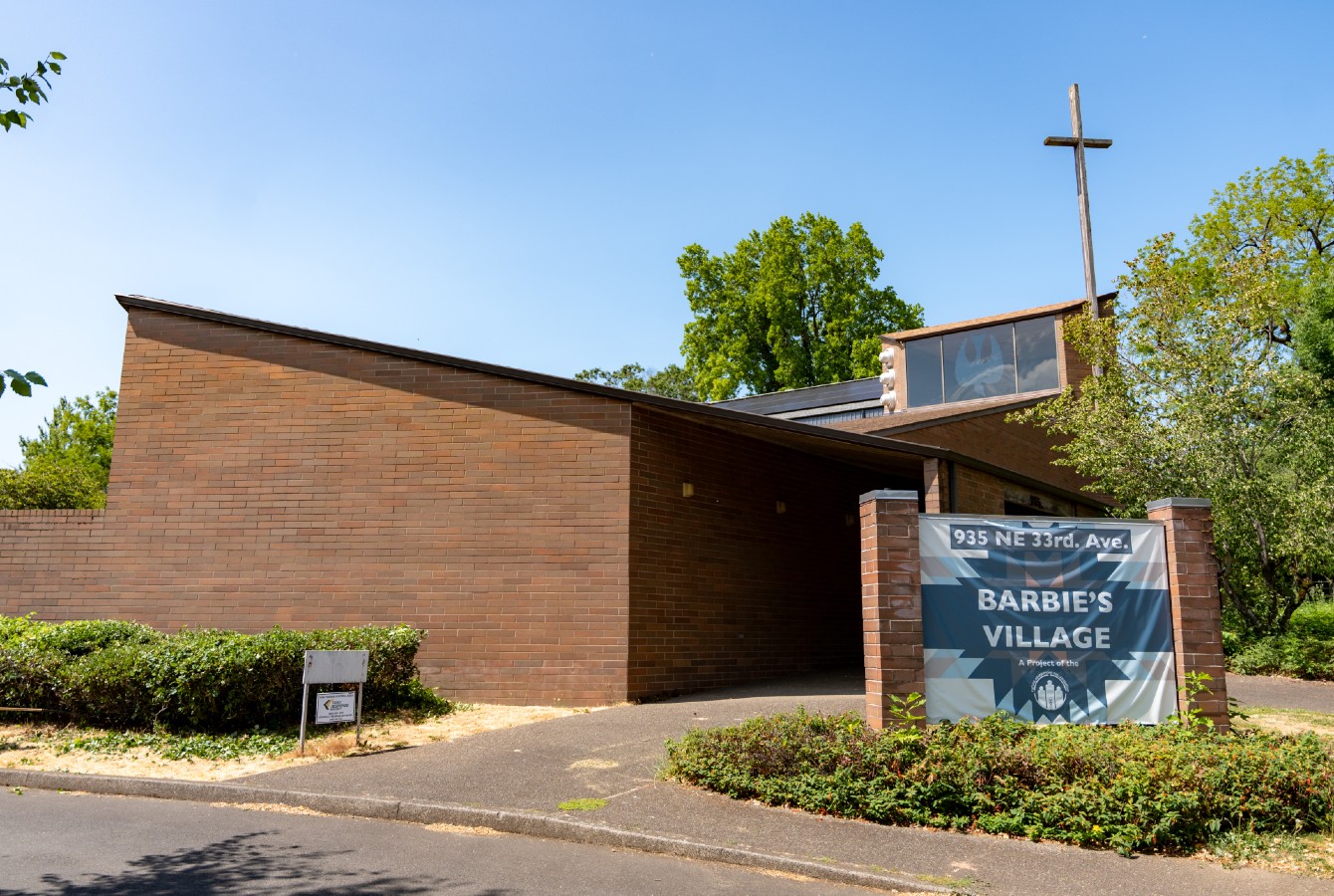
This historic instance of “Land Back” — the practice of returning land to the Native people who traditionally inhabited and cared for it — is the culmination of three years of intense relational work. It’s a success that was never guaranteed.
“Sometimes I feel like we did this on hard mode,” said the Rev. Chris Dela Cruz, who led the task force that ushered the dream into reality. “It was a long and delicate process of bridge building.”
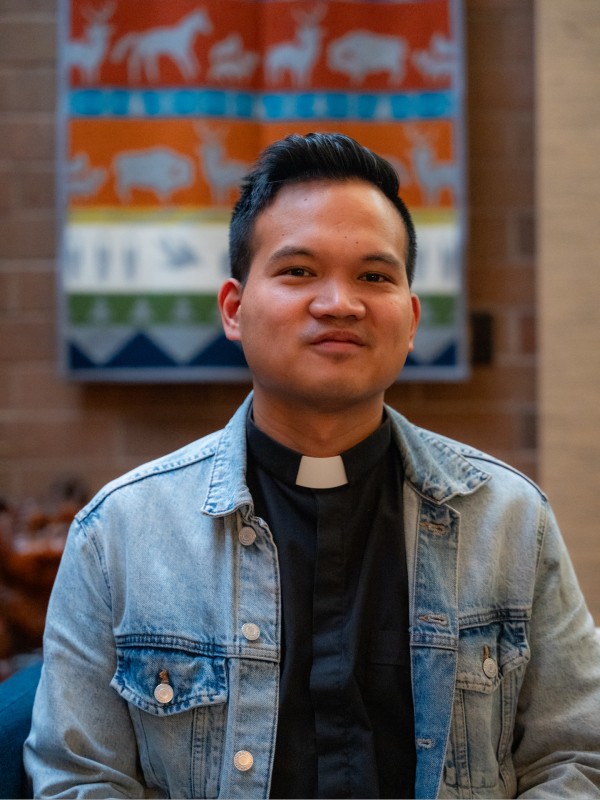
A former journalist and current community organizer, Dela Cruz exudes the infectious energy and dogged optimism of a person with a true calling. He seems to relish bringing people together in service of a just cause. Dela Cruz moved to Portland from the East Coast in 2020 to serve as an associate pastor at Westminster Presbyterian Church (U.S.A.). He quickly became involved with a network of faith-based nonprofits in the area, including the Leaven Community Land & Housing Coalition, an advocate for housing equity and racial justice. It was from them that he learned about the FGC’s dream of creating Barbie’s Village — and its lack of space to do it. The vision of building resources for the Indigenous community moved him and set his problem-solving gears spinning.
As a member of the Presbytery of the Cascades, Dela Cruz knew that the red brick church in Laurelhurst had seen its congregation dwindle over the years, to the point that it was no longer being used as a place of worship. A child care co-op was subletting much of the building, and the rest was being used as office space and storage. It didn’t take a huge leap of imagination for Dela Cruz and other pastor colleagues to find a solution to the problem: maybe they could help convince the church’s governing body to give the land to the FGC.
What bridges need to be built in your community to facilitate being a better neighbor?
This was right after the summer of 2020, when the nation was waking up to racial injustice, when well-meaning people were looking for ways to right historical wrongs. As a Filipino American, Dela Cruz felt deeply attached to the FGC’s vision and situation. His ancestors had borne the brunt of colonization by the Spanish in the Philippines, and he wanted to do anything he could to redress this country’s legacy of trauma.
“This was a unique opportunity to provide healing for all involved,” he said.
The vision
The FGC was founded in 2012 to raise awareness about fetal alcohol spectrum disorder, but its mission has expanded and evolved, especially over the last few years. It now addresses broader issues facing the Indigenous community in Portland, such as disparities in public health, early childhood services and affordable housing. During the anxious early days of COVID, it set up mobile testing sites for community members. When the vaccines became available, it helped book appointments and get people to them. It has now grown into a thriving organization, with deep ties to the community it serves.
How is your organization helping right historical wrongs?

“We think of ourselves as being in the middle between seven generations,” said Chenoa Landry (Puyallup tribe), the education mode lead for the FGC, who has experience working in public health. “We look back to the seven generations that came before us and ahead to the seven generations coming after us. That’s part of where the name comes from. And that’s why we focus so much of our attention on child care and education. We want to set our people up for success using our culture as a guide. We think of this as heart work.”
One member of the previous generation was Barbie Jackson Shields, a citizen of the Confederated Tribes of Warm Springs. It’s after her that Barbie’s Village is named. Shields was one of the FGC’s original elders and natural helpers, which is what FGC calls volunteers who devote themselves to serving and uplifting the organization in any way they can.
Shields died from a brain aneurysm seven years ago, and her sudden and unexpected loss devastated the community.
“It’s helpful to the grieving process to do something productive,” Landry said. “And so we held listening sessions for what we could do to honor her legacy.”
How might your thinking change if you looked back to the seven generations behind you and forward to the seven generations to come?
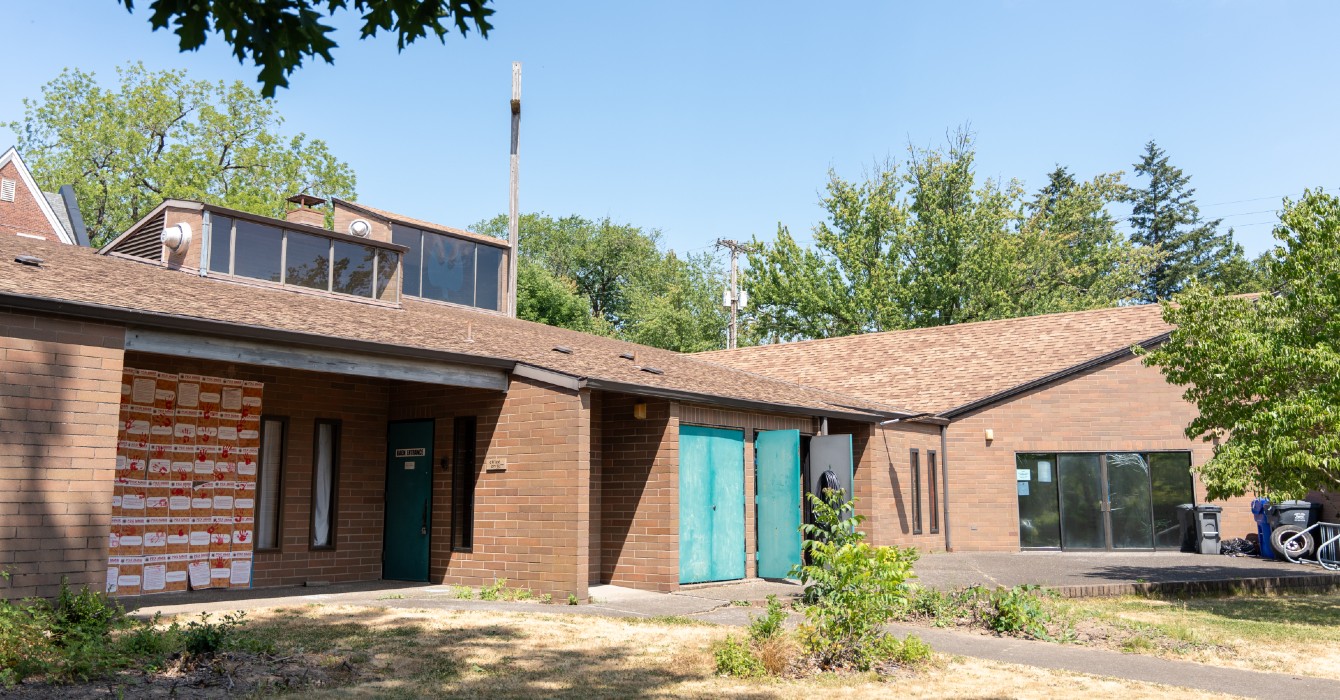
The idea that eventually grew from those conversations was Barbie’s Village. At different points in her life, Shields and her young family had experienced homelessness, and she was always concerned about Indigenous people who were forced to fend for themselves. The irony of Native folks being homeless on their own homelands was a source of frustration for her.
Portland continues to have a problem with homelessness — the Portland government found that homelessness increased by 65% from 2015 to 2023 — and the issue disproportionately affects Native Americans and other people of color.
The listening sessions made it clear that the FGC should do something that would make a meaningful and lasting difference to this vulnerable population, and the idea for Barbie’s Village began to take shape. The committee liked the idea of tiny homes because of the autonomy that the residences would offer.
“It’s crucial to the vision that the tiny homes be self-sufficient,” Landry said. “They need to have insulation, plumbing, bathrooms and full kitchens. This is about independence.”
In 2021, Dela Cruz spearheaded the Barbie’s Village Task Force, which included members of the FGC, the Presbytery of the Cascades, Westminster Church and Leaven. The work of building trust and cultivating meaningful relationships proceeded on two fronts, with the presbytery and in the Laurelhurst neighborhood.
“We used a community organizing model, doing one-to-one phone calls and small group meetings,” Dela Cruz said. “Some pastors we talked to on the ground were saying that this is the work of Jesus. The idea of giving land back for Spirit work to happen — that’s gospel work. They got it.”
But the Presbytery represents more than 90 congregations in Oregon and Washington, and not everyone shared this enthusiasm. Some people couldn’t be swayed, no matter how the task force framed the issue. Instead of trying to convince everyone, Dela Cruz and the other members of the church and task force focused their energy on the “moveable middle folks,” people whose hearts could be softened, whose minds were open.
Dela Cruz tells the story of a meeting in an area far outside the city of Portland, where a member of the church entered bristling with a skepticism so intense you could practically see it.
Who are the people most at risk for homelessness in your community?
“As we outlined our position, he seemed to relax,” Dela Cruz said. “He came up to me after the meeting and said, ‘We’re used to giving stuff to people who need it. But I see this is different. This is about freedom. This is about these people being able to do something for themselves.’ He had to put it in his own words, but he understood what made Barbie’s Village special.”
Not all interactions were so agreeable. Dela Cruz chokes back emotion when he relates the anecdote of a church member telling the task force, “I’m not sure we need to be apologizing for a genocide that happened years ago.” As the insensitive and inaccurate sentiment was shared, Dela Cruz looked over at members of the FGC — people who were, as Landry put it, “miraculous survivors” of that genocide — and felt as though he was betraying their trust by exposing them to experiences like this.
“For every one negative experience, though, there were 10 good ones,” Landry said. “Part of my own healing journey has been learning how to trust. I walked into this with a lot of hesitancy — ‘I’ll believe it when I see it,’ that kind of thing. And there were times when I thought this wasn’t going to happen. But resilience is a practice. You have to learn how to lean on one another.”
The task force encountered similar resistance from the neighborhood of the church itself, where people tiptoed around their NIMBY-ish concerns. They saw the inherent value of the project but were concerned with how it might change the texture of their daily lives.
“This whole process has been about meeting people where they are,” Dela Cruz said. “We’re not dismissive of people’s fears. The work involves listening to those concerns and making people feel like they’ve been heard. So for people in the neighborhood who were worried about drugs and alcohol and crime, we had to show that the FGC was serious about being good neighbors.”
What would happen if you focused your efforts on convincing the “movable middle folks” when faced with a leadership challenge?
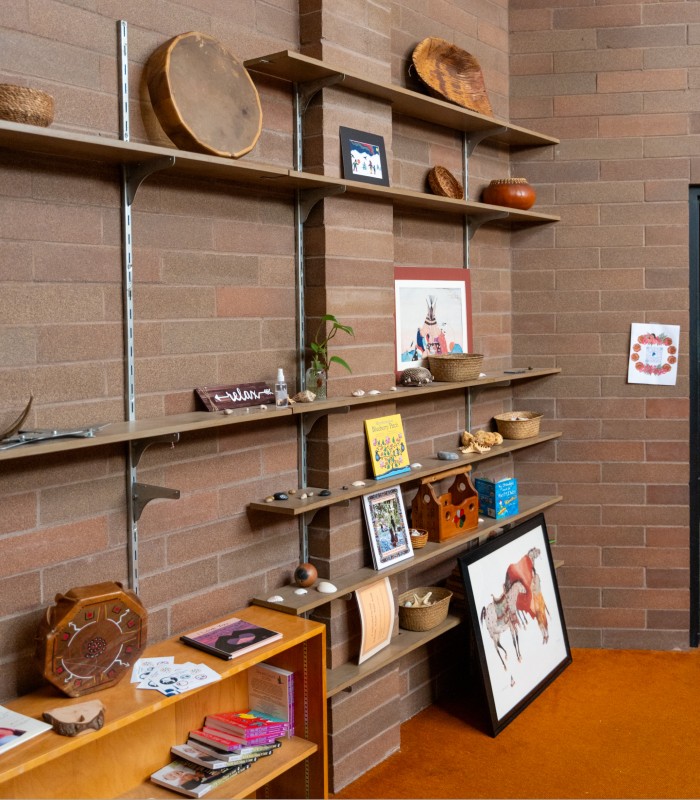
For the past couple of years, on Indigenous Peoples Day, the FGC has thrown a big party at Barbie’s Village. As many as 600 people have shown up to eat traditional food and watch traditional dances. There have been children’s powwows, vendors selling their wares, and inspiring speakers. By putting down roots in the neighborhood and hosting events, the FGC has made clear how it intends to serve the surrounding community, much as the church once did. And part of that convincing wouldn’t have happened without the task force.
“This was the first time I’ve experienced an ally working with us and actually doing the labor,” Landry said of Dela Cruz and the other task force members. “They’d ask, ‘What kind of work can I do to help?’ But not in a gross way. Not patronizing.”
“People talk about allyship, but mostly they mean posting things online and gestures like that,” Dela Cruz said. “But the FGC needed people to make calls on their behalf, to help take a compelling story and put it into action.”
When the task force finally presented the case to the Presbytery of the Cascades last fall, it passed by a vote of 135 to 24.
The future
When you enter the church now, you find homey lights strung over a space that feels like a large living room. On one wall is a sign that reads “Hope is Defiant” — a remnant left by the church.
In the former sanctuary, you can see the negative space where the cross once hung. Below it is a flag that reads “Land Back.” A quilt on the far wall depicts a galloping horse in front of a starburst sunset. Back in March, there was a ceremony here to commemorate the transfer of the land. Members of the FGC and its community placed 100 pennies on a red prayer cloth, a symbol of the land’s purchase.
When the renovations are complete, this space will look like a traditional plank house, a sacred ceremonial space for the community to worship and gather. The FGC is working with the local Grand Ronde tribe, whose ancestors lived on this land, to ensure that it fits with their specifications.
What does embodied allyship look like in your context?

The first phase of Barbie’s Village, which has been accomplished, was to acquire the land. The second is to renovate the building and bring it back up to code. This will include remodeling the kitchen, kitting out the nursery and revamping the child care wing, filling it with natural toys made by local tribe members, and installing better lighting.
“We want to make it a truly safe space for all children,” said Elizabeth Watson (Turtle Mountain Band of Chippewa/Inupiat), who works with the day care as a family advocate.
After the FGC received the land in March, it qualified for a number of grants and other financial opportunities. The majority of that money will go to refurbishing the building, but some has been earmarked for programming, including a fund for early literacy, which will provide money for a staff position and the creation of materials to help preserve Native languages.
“This is about healing, reclamation, care and access,” said Whitney Watson (Turtle Mountain Band of Chippewa/Inupiat), who works with the FGC as an interim policy mode lead. “This will provide opportunities for all these things that didn’t exist before.”
Outside the church, Elizabeth and Whitney Watson, who are sisters, point out the parking lot and field where the tiny houses will be built during the third phase of the project. As they describe everything the future holds, it’s easy to imagine the space teeming with life. A playground full of delighted squeals. A mother feeding her toddler a snack. A couple hugging one another, enjoying a place they can call their own.
Questions to consider
- What bridges need to be built in your community to facilitate being a better neighbor?
- How is your organization helping right historical wrongs?
- How might your thinking change if you looked back to the seven generations behind you and forward to the seven generations to come?
- Who are the people most at risk for homelessness in your community?
- What would happen if you focused your efforts on convincing the “movable middle folks” when faced with a leadership challenge?
- What does embodied allyship look like in your context?

